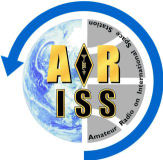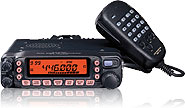How Much Money Does NASA Spend?

According to The Space Review:
NASA’s allocation, on average, was estimated to be approximately 24% of the national budget (the NASA allocation in 2007 was approximately 0.58% of the budget.)
Even more telling is this item from The Space Review:
In October of 2006, on the 49th anniversary of the launch of Sputnik, CBS NewsThanks, Katie...that is really insightful reporting (NOT). The NASA budget is roundoff error in the federal budget, so it will not make the difference in solving poverty and homelessness. I think the basic problem is that when the dollars get above about about $100M, the general public can't really comprehend the number. They just lose track of the relative magnitude since it is so freaking big. You might as well be saying "we are spending a bazillion gazillion dollars" on NASA. While $1 trillion is 1000 times bigger than $1Billion, it all pretty much sounds the same.
anchor Katie Couric summarized this attitude when she concluded her nightly
broadcast by saying, “NASA’s requested budget for 2007 is nearly $17 billion.
There are some who argue that money would be better spent on solid ground, for
medical research, social programs or in finding solutions to poverty, hunger and
homelessness… I can’t help but wonder what all that money could do for people
right here on planet Earth.”





